How to Lower PPM in Hydroponics?
Hydroponics is a clean, efficient way to grow many crops, including berries, tomatoes, herbs, and even cannabis plants.
When testing and setting up your hydroponic system, you will need to test for PPM- or Parts Per Million.
PPM refers to the TDS (Total Dissolved Solids) or nutrients in each liter of water.
Determining the nutrients in your hydroponic water is key in assessing if your plants are being fed too much or too little.
Table of Contents
How do you Lower PPM in Hydroponics?
To lower the PPM level in hydroponics use a carbon filter to lower the PPM concentration and clean the water. If you want to quickly lower the PPM- or parts per million of nutrients in the water- add a bit of fresh water. When PPM readings are low, it is usually indicative of it being time to feed the plants.
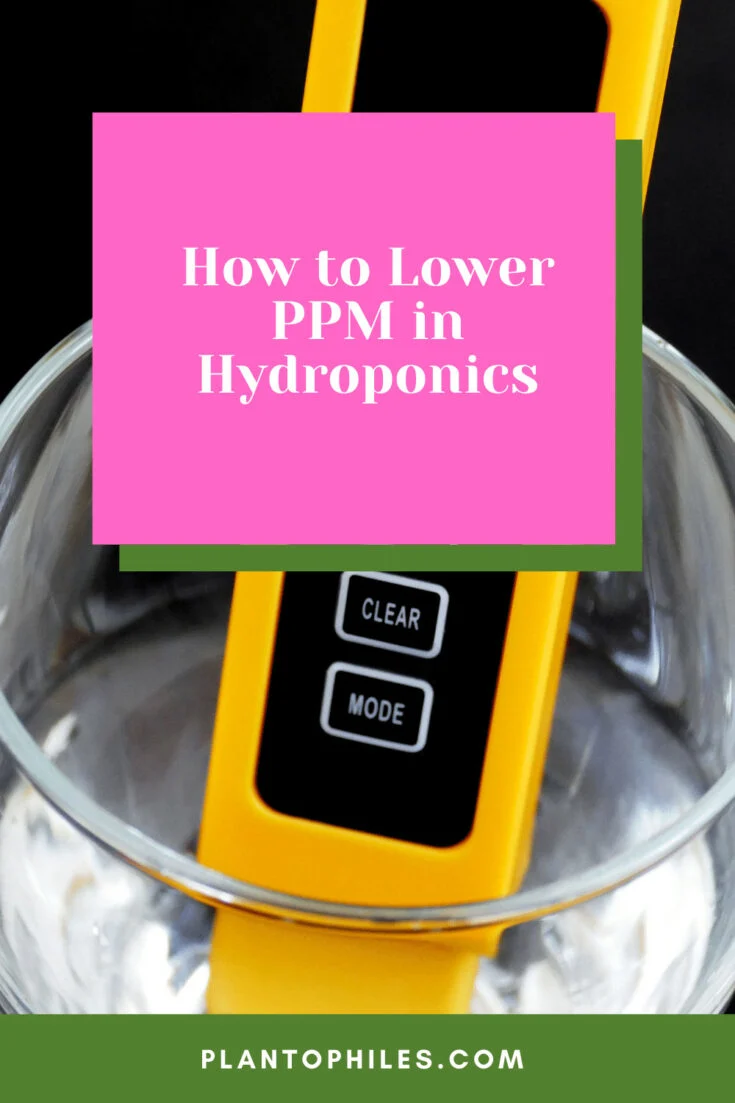
How to Lower PPM in Hydroponics
Want to lower PPM (parts per million) in your hydroponic planting- and why would you want to? Continue reading to learn more!
Parts Per Million (PPM)
The PPM refers to the Parts Per Million of nutrients in each liter of your hydroponic water.
A low PPM level means that the water has fewer nutrients, and you need to add more.
Too high of a PPM level indicates that the water has too many nutrients and your plant is at risk of being overfed.
You can purchase a TDS meter at most garden supply stores to test the Total Dissolved Solids- TDS- in each ‘part per million’ to determine if your plants are being fed properly and adequately.
Your meter will not indicate which nutrients are present or absent from the water, however.
Hydroponic PPM Levels
The stage of growth that your garden or plant is at dictates the ideal PPM level.
Less-established plants may need fewer nutrients than those plants or gardens that are thriving.
Seedlings do best between 400-500ppm, while the early flowering stage requires more nutrients, around 900ppm.
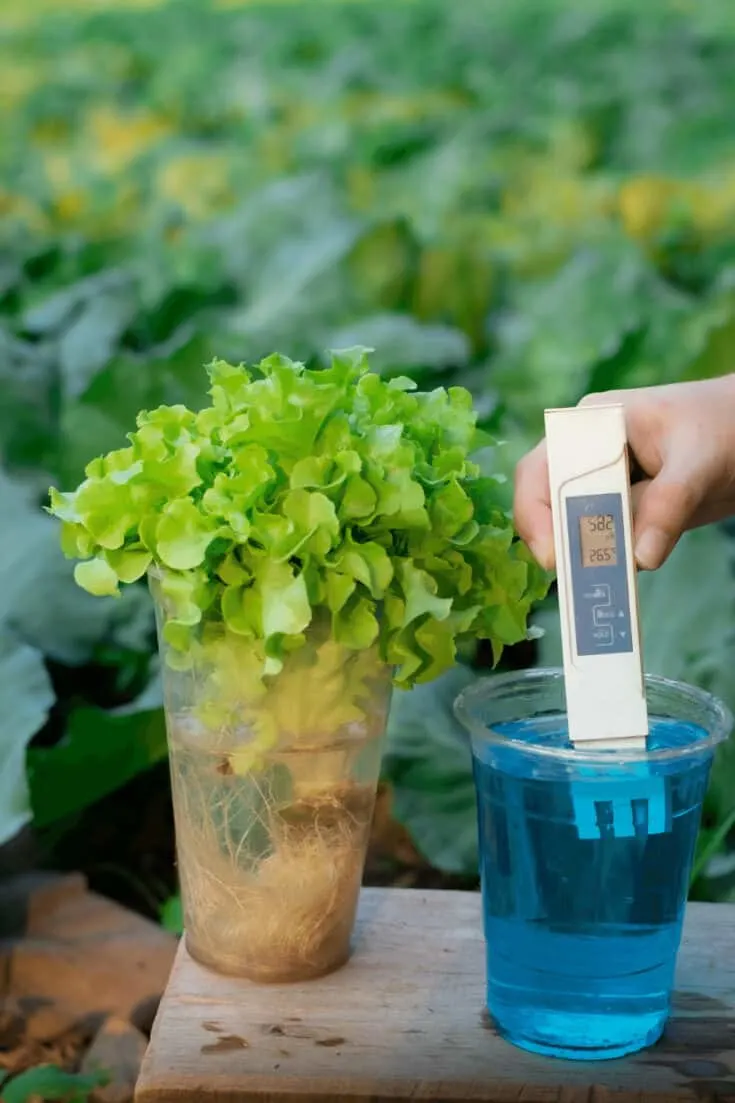
Seedlings do best between 400-500ppm. Established plants need higher PPM concentrations
Measuring PPM
Measuring the PPM in a Hydroponic System is not difficult, but it does require some tools and patience.
Check and note the level of TDS before as well as after you add any plant food to the water; make sure to wait and allow the temperature of the testing probe to adjust and acclimate to the temperature of your hydroponic water as this can impact your readings.
Don’t forget to check the pH of your hydroponic water, too. Use a pH meter and look for an ideal pH of around 6.0.
Too high or too low of a pH can curb growth.
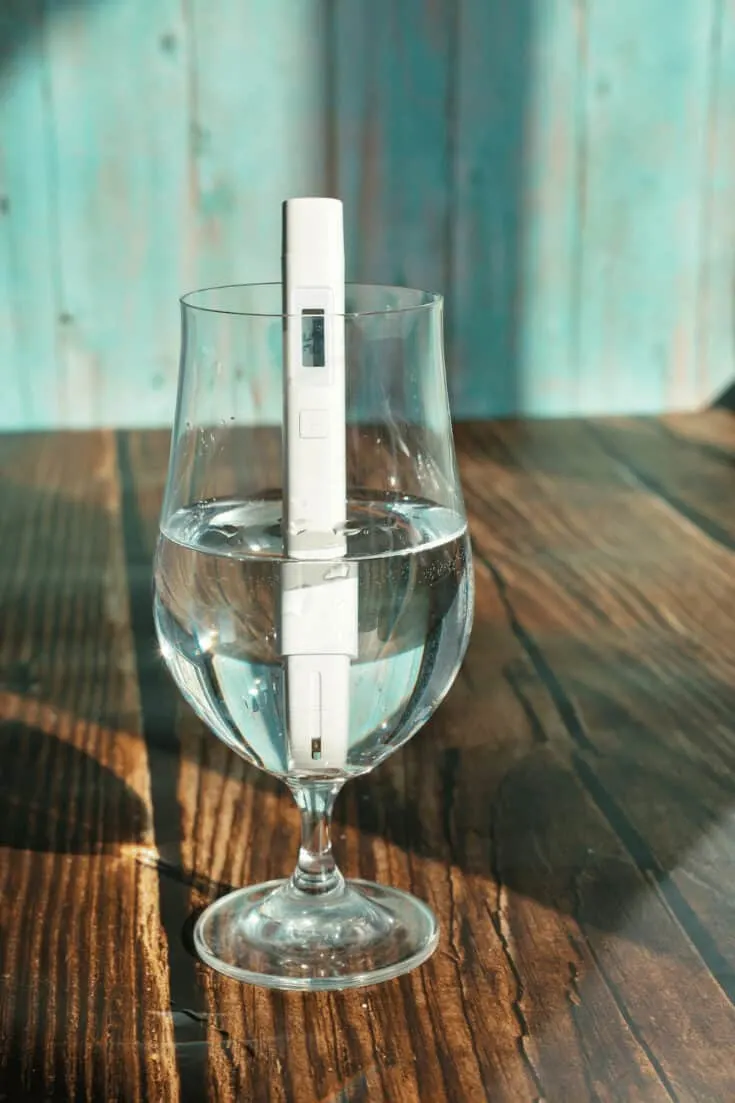
The PPM can be lowered by adding more water or distilled water
How To Lower PPM in Hydroponics
If you overfeed your plants, you may need to lower PPM levels or risk it impacting your crop or garden.
There are other things that can cause high PPM levels, like the type of water you use and a high pH level in hydroponic water.
Tap water can often wreak havoc with your PPM due to the minerals that actually do not benefit the plants.
Try using distilled water instead to get rid of these minerals- and, in fact, distilled water goes through a process that removes around 99.9% of these minerals, giving you more accuracy and precision when determining PPM and whether to add more nutrients to the water.
If you need to lower the PPM in a hurry, simply add fresh water to the hydroponic system.
This will dilute the water with the high PPM until you can address, assess, and retest your system.
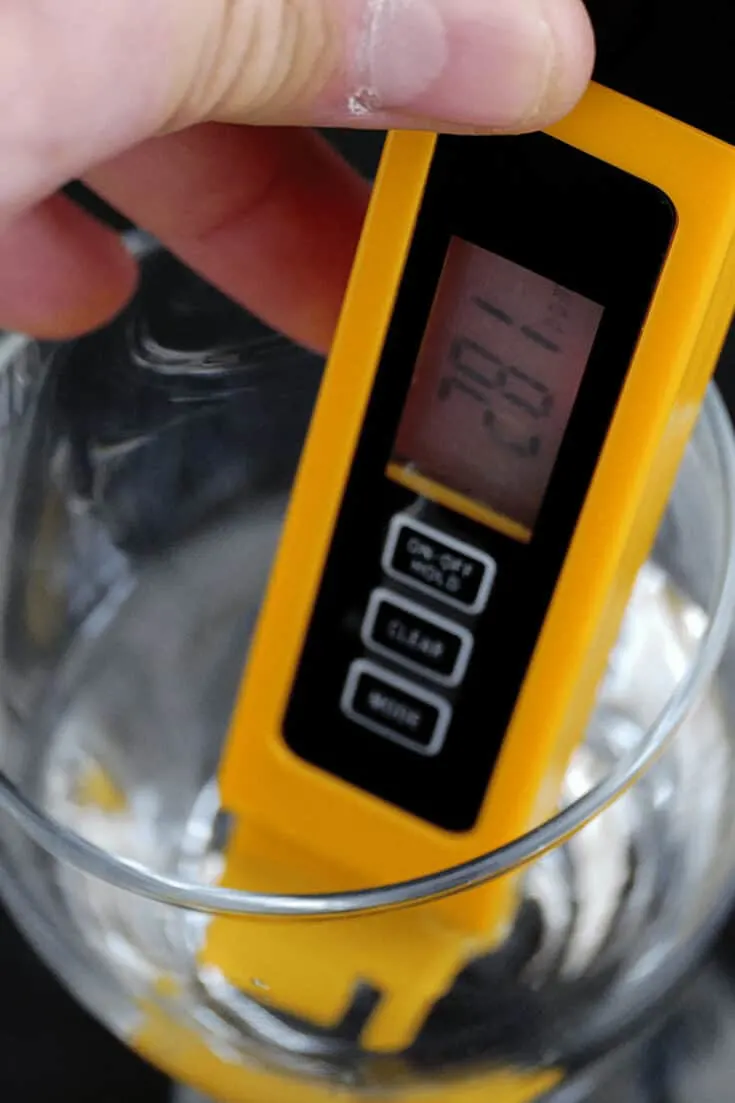
A PPM value in hydroponics that is too high is detrimental for plant growth
How To Raise PPM in Hydroponics
If you notice that the PPM levels are decreasing or low, it means your plant may be consuming and in need of more nutrients.
There are certain phases of growth where plants need more nutrients, including the flowering and late stages of growth.
You can add fertilizer to raise the PPM and provide more nutrients to the garden or plant.
Experts suggest that you add around 1mg of fertilizer for each liter of water.
Make sure to multiply this times the amount of water in your hydroponic system- so if you are using 20 liters, you would need 10mg of plant food to raise PPM and feed your plants adequately.
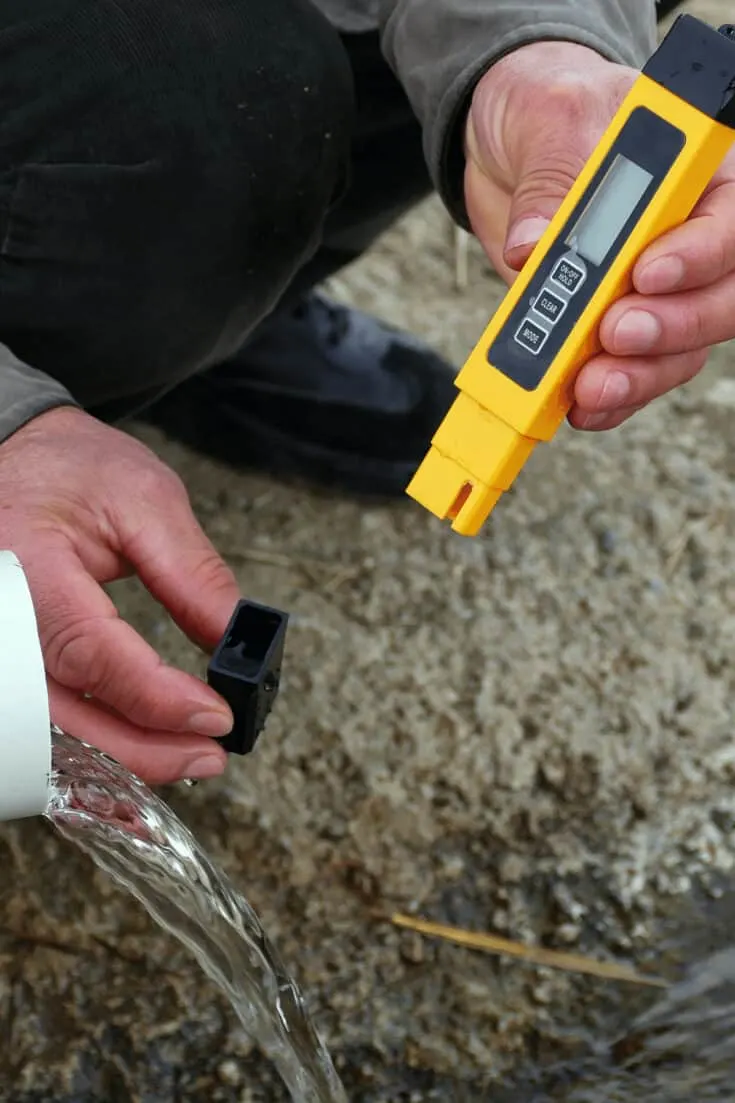
Testing the PPM concentration in water using a TDS Meter
Frequently Asked Questions About How to Lower PPM in Hydroponics
What is the ideal pH for hydroponics?
Typically, the ideal pH for hydroponics is around 6.0.
What does PPM stand for?
PPM stands for ‘Parts Per Million’ as it relates to nutrients or TDS (Total Dissolved Solids) in each liter of water used in a hydroponic growth cycle.
What are the uses of hydroponics?
Hydroponic planting allows you to grow plants and crops without soil. Some common crops include herbs, berries, and tomatoes- although hydroponic applications are much wider than that. This is an efficient way to grow in small spaces with less waste and labor than planting in soil.
What fertilizer do you use in hydroponics?
The best fertilizer when growing hydroponically is worm tea or compost tea. These are liquid fertilizers made by leaching compost and/or worm castings in water.
Do hydroponic systems save water?
Some hydroponics systems save water by capturing water vapor. This is typically done with a condenser in a greenhouse-like you may see at a commercial nursery.
Conclusion About How to Lower PPM in Hydroponics
Growing hydroponically? How to Lower PPM in Hydroponics?
Use these tips to lower- or raise- the PPM of TDS and nutrients in your hydroponic plant system.
Talk to garden retail professionals to learn more, or to buy what you need for your hydroponic setup.

Daniel has been a plant enthusiast for over 20 years. He owns hundreds of houseplants and prepares for the chili growing seasons yearly with great anticipation. His favorite plants are plant species in the Araceae family, such as Monstera, Philodendron, and Anthurium. He also loves gardening and is growing hot peppers, tomatoes, and many more vegetables.

![[Solved] How to Lower PPM in Hydroponics – #1 Best Tips](https://plantophiles.com/wp-content/uploads/2022/01/How-to-Lower-PPM-in-Hydroponics-2-720x405.jpg.webp)
